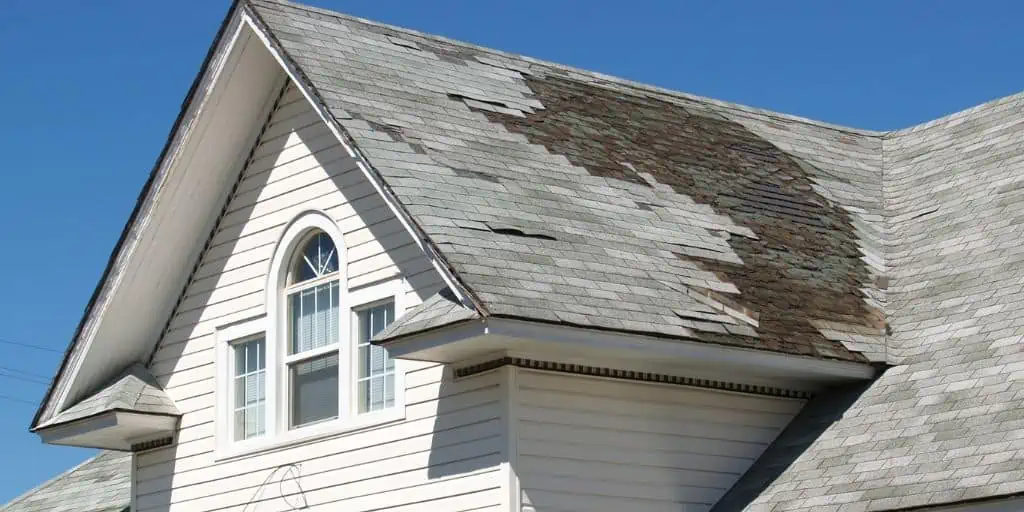What Is a Sinking Fund?
REtipster does not provide tax, investment, or financial advice. Always seek the help of a licensed financial professional before taking action.
Shortcuts
- In real estate, a sinking fund is money set aside to pay for an upcoming expense, such as property repair or appliance replacement.
- Landlords often roll sinking fund contributions into the rent they charge tenants, specifically as part of the monthly service charge.
- A sinking fund helps maintain the value of a rental property and makes it easier to sell.
An Overview of a Sinking Fund
In real estate, a sinking fund is a kind of savings account in which funds are earmarked for a specific, upcoming expense. While this account is typically separate from an emergency fund, sinking funds can provide a safety net in the event of an unexpected future expense. Many rental or commercial properties for lease have a sinking fund, and some states mandate the establishment of a sinking fund when operating a rental property.
A sinking fund is funded regularly, usually on a monthly basis, from part of the rental income the property brings in from tenants.
Most of the time, the money accumulated in a sinking fund is set up to pay for expenses, such as repairs or maintenance[1]. In other contexts, such as investing, one will create a sinking fund to pay off debt or a loan nearing maturity.
In a rental property, a sinking fund is used to cover major property repairs and expenses such as[2]:
- Large-scale paint jobs.
- Roof replacement.
- Repair and maintenance of communal TV aerials.
- Maintenance of boundary fences, car parks, and street lighting.
- Repair and maintenance of doors, windows, gutters, and walls.
- Replacement of lights, ceiling fans, and other fixtures.
- Repair and maintenance of drains and plumbing systems.
- Revamping interior decoration and design and common facilities.
In general, a sinking fund is used to pay for one-off, large-scale planned expenses, or on some occasions, unexpected expenses. Sinking fund money is not meant for day-to-day operational expenses or recurring, short-term expenditures[3].
If the owner decides to sell the rental property, the money in the sinking fund can be moved to other savings accounts or be used to cover sales fees, tax liabilities, and unexpected repairs.
Sinking Fund vs. Reserve Fund
Sinking funds and reserve funds are terms often used interchangeably in rent or lease agreements. A reserve fund is usually built up over a short period, usually over two or three years, to cover unexpected property expenses[4].
A sinking fund, on the other hand, is designated for property upkeep, usually done every 5 or 10 years. Sinking fund categories include those for periodic maintenance, such as roof repairs or replacements and painting.
How to Set Up a Sinking Fund
Landlords may set up a sinking fund when they begin to operate their rental property, or the state may have a sinking fund provision that mandates this type of separate savings account. In any case, landlords will set aside a fixed amount each pay period, generally 2% to 5% of the rental income they receive every month and put it into their sinking fund[5].
Some owners or landlords may roll this amount into the tenant’s rent, usually as part of the service charge.
However they choose to add sinking funds, this money is typically held in a trust account that makes interest. The interest brings a little extra money to the sinking fund every year[6].
The idea is to have enough money to cover planned and major property works in the long run. When no major property repairs and expenses are made in a year, the capital in the sinking fund account will be carried over and used when needed.
How Much Goes Into a Sinking Fund?
How much money goes into a sinking fund regularly depends on the terms of the lease arrangement. Generally, the amount to be collected is calculated as a fixed percentage of the service charge[7].
To determine the amount that goes into sinking funds, property owners should review and update planned maintenance and expenses related to the requirements of the property. They should also consider estimates of how much it would cost to replace property features and fixtures.
Finally, landlords should evaluate the building’s age, the last time a specific repair work was done, and how many active tenants there are when determining the sinking fund percentage[8].
Pros and Cons of a Sinking Fund
While conventional wisdom dictates that having an emergency fund for a “rainy day” is always a good idea, a sinking fund has a few caveats.
Pros
A sinking fund allows owners and tenants alike to avoid making one huge lump-sum payment for a planned property expense. Tenants do not have to live in fear of a disruption that the property owner could not fix because there is not enough money to cover the repair cost.
A sinking fund also helps maintain the value of a rental property and makes it easier to sell[9]. Potential buyers and renters look at the sinking fund to see how owners and landlords manage long-term property maintenance.
Cons
Buyers and leaseholders may be wary of a property or building with a small sinking fund, or a history of frequent withdrawals from the fund. This may indicate that the property had to undergo several major repairs in the past.
Some tenants may also think (some correctly) that contributing to a sinking fund means increases in monthly rents or annual property costs. They may also challenge or question rental property owners over charges that they think are not necessary for the upkeep of the property[10].
Sources
- Nowacki, L. (2022.) Sinking Funds: What They Are And How To Use Them. Rocket HQ. Retrieved from https://www.rockethq.com/learn/personal-finances/what-are-sinking-funds
- Merrill, T. (n.d.) Sinking Funds: Defined & Explained. Fortune Builders. Retrieved from https://www.fortunebuilders.com/sinking-fund/
- Wang, J. (2020.) 6 Reasons To Start A Sinking Fund Now. Forbes. Retrieved from https://www.forbes.com/sites/jimwang/2020/01/24/6-reasons-to-start-a-sinking-fund-now/?sh=60cf9bf01a73
- Brady Solicitors. (n.d.) Reserve funds, sinking funds, and other forms of service charge payments. Retrieved from https://www.bradysolicitors.com/brady-blog/reserve-funds-sinking-funds-forms-service-charge-payments/
- Property Hawk. (n.d.) Do I Need a Sinking Fund? Retrieved from https://www.propertyhawk.co.uk/magazines/do-i-need-a-sinking-fund/
- Christie, H. (2016.) Sinking Fund – Here is everything you should know about it. Whathouse.com. Retrieved from https://www.whathouse.com/advice/new-apartment-owners-sinking-funds-explained/
- Stoneking.co. (2015.) The cost of living – service charges, ground rents, and sinking funds explained. Retrieved from https://www.stoneking.co.uk/literature/e-bulletins/cost-living-service-charges-ground-rents-and-sinking-funds-explained
- Gregory Abrams Davidson Solicitors (n.d.) Sinking funds for leasehold properties. Retrieved from https://www.darlingtons.com/blog/sinking-funds-for-leasehold-properties
- Lisney. (2017). Sinking fund planning in Commercial Property. Retrieved from https://lisney.com/sinking-fund-planning-in-commercial-property/
- Yun, S. (2019.) What is the purpose of a Sinking Fund? Strata Mastery. Retrieved from https://stratamastery.com.au/what-is-a-sinking-fund/










